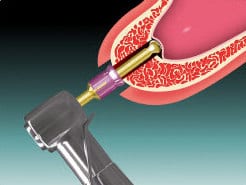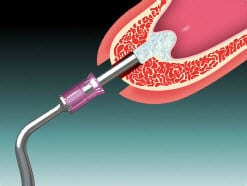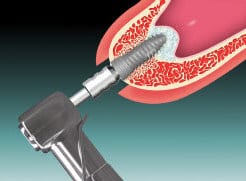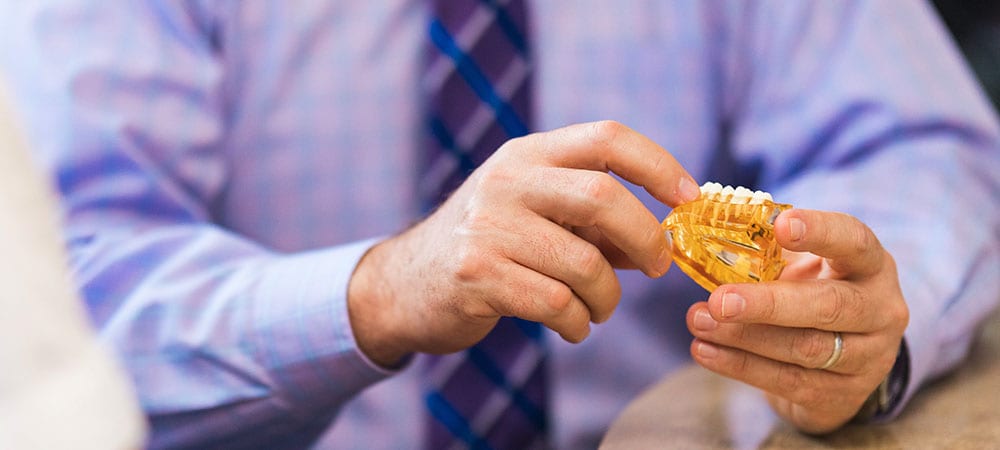
The upper back jaw (molar and premolar area) has traditionally been one of the most difficult areas to successfully place dental implants due to poorer quality of the bone that grows in this area as well as the close proximity of the maxillary sinus, an airfilled space within the upper (maxillary) jawbone. The issues with the quality of the jawbone have largely been addressed by implant manufacturers through advances in the surfaces the implants utilized today. Microscopically roughened implant surfaces maximize the amount of bone that can contact the implants which increases the success rate of implants placed in this areas of the jawbone.
The maxillary sinuses are cavities in the skull located behind the cheekbones, directly above the upper teeth. The actual evolutionary purpose of sinuses is unknown but there are several theories including reduction of the weight of the skull, acting as sound chambers to make the voice louder, humidification of the air, or even as crumple zones to protect the brain from trauma in the event of an injury. The floor, or base, of the maxillary sinus is generally located near the ends of the roots of the upper molars and premolars. If you’ve lost bone in that area due to periodontal disease or tooth loss, you may be left without enough bone to place implants without a secondary bone grafting procedure referred to as a sinus elevation or sinus lift.
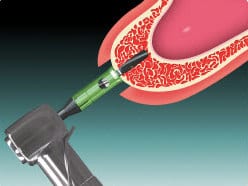 Step 1: Our doctors prepares the implant site to the base of the maxillary sinus
Step 1: Our doctors prepares the implant site to the base of the maxillary sinus